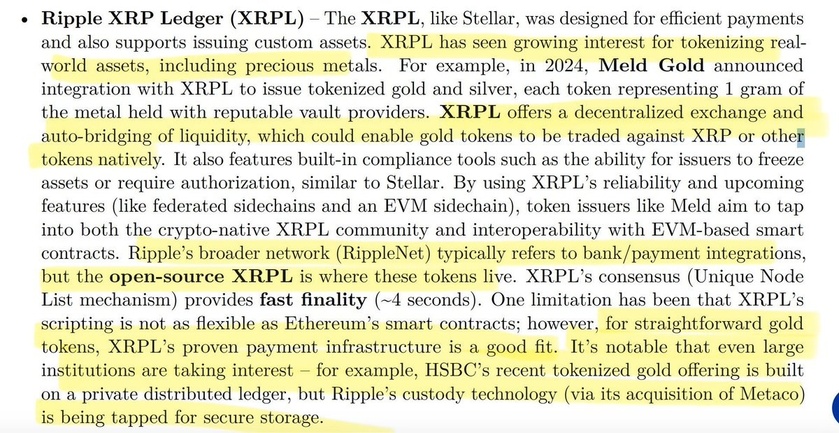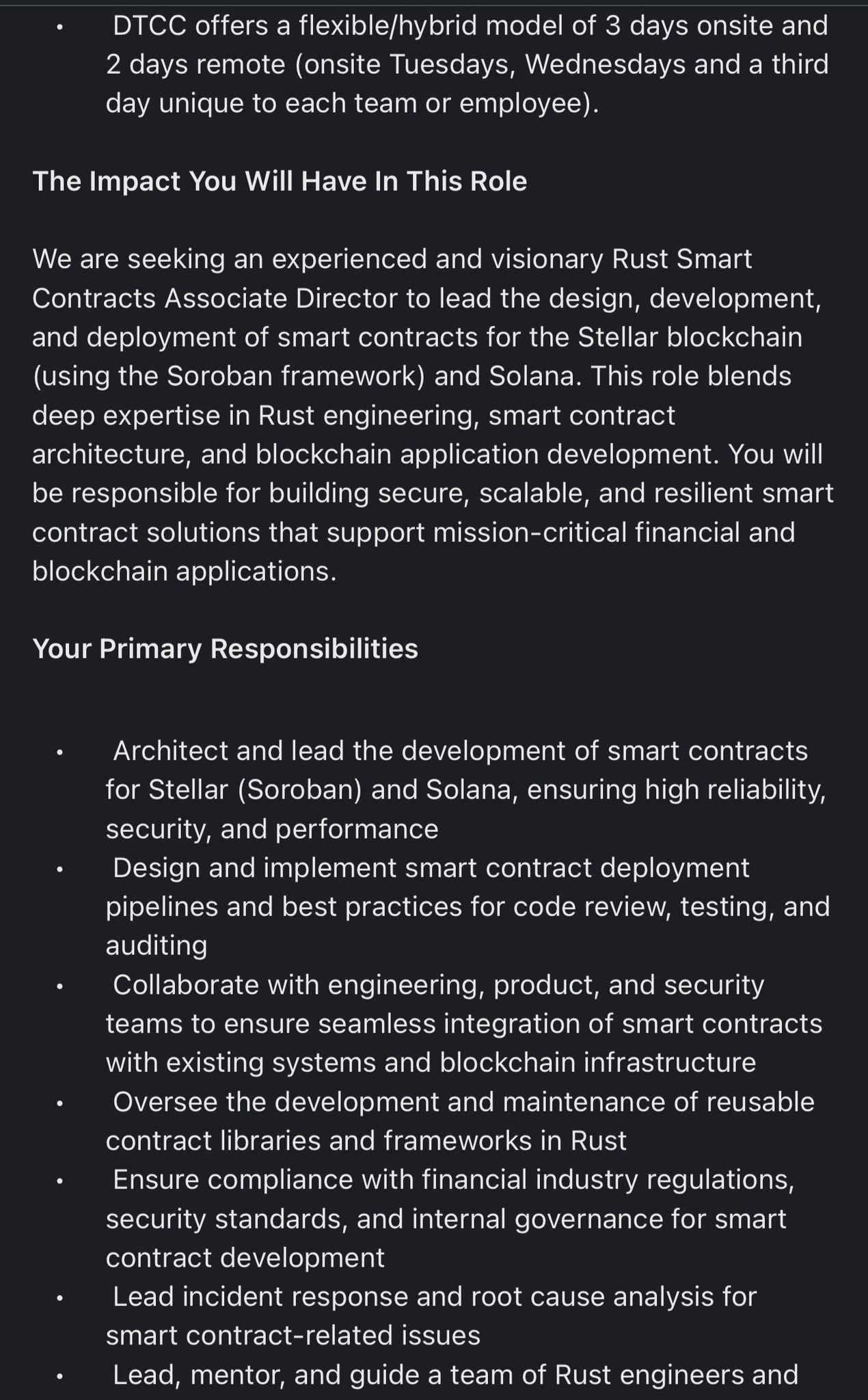ECB Raising Rates Is Europe's Last Chance To Avoid Ground Zero
No matter what happens, as long as Davos feels they have control over US foreign policy they will continue to act as if everything is coming up roses for them as they trash the global economy.
This is why I find the myriad attacks against a mostly clueless Joe Biden so interesting right now. Is there a Davos pivot in the offing or is this another signal that sovereigntist forces within the US power structure are gaining the upper hand?
With that question in mind let’s put some context on recent European events and what they say about the global story unfolding in front of us.
The ECB finally raised rates for the first time since 2011, bringing the deposit facility rate to 0.0%, because I guess it would be beneath ‘European values’ for banks to have to pay to borrow money stolen from savers.
Some would be shocked (SHOCKED, I SAY!) that the ECB went up by 50 basis points (0.5%) today, but given the dramatic events in Italy just yesterday, how could they have really done otherwise without looking like the out of touch midwits they, in fact, are.
They just lost their top man in Italy and it looks like the populist right is set to take power in a core EU country in a couple of months without any of the Davos poison pill legislation getting passed.
Sound familiar? The same thing happened in the US last year and we’re now staring down the barrel of an historic wipeout of the Democrats in November’s mid-terms.
This is a real, serious loss for Davos, as I outlined in last week’s article on Draghi’s first resignation attempt.
But at the same time that the ECB raised interest rates, it also announced a new ‘without limit’ QE program called the Transmission Protection Instrument, because, as Zerohedge rightly points out, calling it “Italy specific QE sounds a little gauche.” I’d add it’s also against core European values like telling the truth.
ECB President Christine Lagarde was in full control in trying to outline this new experiment in monetary policy, clearly now more “art than science,” to quote Lagarde from the Before Time, you know, last week.
“We have everything under control,” has been the theme of all the headlines coming out of Europe this week. No matter the subject, even little things like the collapse of Mario Draghi’s Davos-backed government in Italy, can derail the European project.
It’s all good, we just have to stay the course, be ‘data-driven,’ and not yield on Europe’s core values, which, at this point amount to, trusting the arsonists to run the fire department.
To give you an idea of how deeply embedded this controlling idea is, earlier this week it was the statement from EU “Foreign Minister” Josep Borrell. Europe, he said, must keep the pressure on Russia. It cannot “afford sanctions fatigue.” It needs to keep pressuring Russia’s economy for the long haul. We must keep up the saturation bombing of Russia’s financial system no matter how many of those bombs land in Rome, Athens or Berlin rather than Moscow.
The unstated goal of these sanctions is to keep advanced technology out of Russia’s hands to domestically produce the weapons it will need to fight off NATO, not next month, but next year or in 2024.
This is a long term plan. In an episode of RT’s Crosstalk I taped earlier in the week, host Peter Lavelle brought up the Biden Administration quotes about this being a 20-year war against Russia and/or China.
Pompeo’s “Three Lighthouses” speech was the same conclusion; a generation of Americans are going to have to fight a holy war against the East for control over global energy. Too bad no one wants to sign up to join, Mike.
They only have the existing plan and they were put in place to execute it, even if others counter it effectively. Biden is also on the same script, but he’ll be gone soon because he’s no longer a credible messenger. Then we’ll bring in Kamala “We Gathered here, because here is where we are gathered” Harris to be the Moron-in-Chief at the White House.
Because, they remind us constantly, those uncouth Yanks can’t be allowed to run anything.
With that in mind, look at what else the EU put out this week:
When’s the last time you saw any set of economic indicators come in perfectly in line with expectations like this? Seriously? This would be the first forecast by a European agency that they ever got right?
Moreover, if this is true, why did this CPI print push the ECB to raise rates by 50 bps versus 25 bps? I mean, they expected this CPI print, right? So shouldn’t they have been communicating 50 bps the entire time?
There is logic and then there is the E.C.B.
It’s just a desperate narrative to keep up appearances they have everything under control, that they are on top of the economic situation and there is no reason for anyone to panic.
Because panic, or ‘unwanted and unwarranted’ (Lagarde’s words) changes in credit spreads will prompt the use of the TPI to keep the Central Bank That Davos Built from going bankrupt.
For the EU however, the clock is ticking down fast. It’s the Fed’s turn next week and with this 50 bps raise, you almost have to expect 100 bps from Powell.
Remember that Eurocrats like Borrell and Lagarde have no Plan B (but maybe a Plan R, sadly).
Reversals of Fortunes
I invoked Dr. Strangelove here for a reason. Watch the movie again structurally, note the myriad of ‘reversals’ in it. It’s a marvel of screenwriting. It shows you how clever humans are when they are single-minded in overcome obstacles to completing a task, operating as if the false is true.
There is no better metaphor for the current state of capital markets and political warfare than that.
I talk about reversals all the time in technical analysis of markets, but it’s an idea that is embedded deeply in storytelling. The first key to writing a great screenplay is knowing every scene has to have a ‘reversal of value.’
A reversal of value can be as simple as a cold person finding a hat, to a poor person finding a suitcase full of money.
The scene, no matter how small, has a controlling idea. That controlling idea has to change a value in some way or the scene has no purpose.
Good editors leave them out. Studios put them back in to sell ‘Director’s Cuts’ on Blu-Ray.
The EU is all about Director’s Cuts of unwatchable French ‘Cinema.’
Reversals are important, they create and release tension. Good writing constantly builds up small reversals to set the stage for larger ones (Scene Arcs) which impact bigger ones (Acts) and so on.
The Eurocrats and Davos don’t believe in reversals. They believe in inevitability and if they can just ‘stay on script’ no matter the complication which has negated their plan, they can still get to the finish line and win.
This is what happened at the ECB’s pivotal meeting this week. They are staying the course. 2% inflation is the goal. Lagarde dropped all forecasts and talk of inflation being ‘transitory.’ Even though circumstances have reversed against them and they finally admitted it publicly, they won’t give up the overall narrative that everything is fine.
Europe’s values can only be expressed through the EU and therefore anything to save the EU saves European values. Maybe Kamala can crib from that one.
Thank the gods we uncouth Yanks left those European values behind, only to have them constantly try and impose them on us at every turn.
To many investors the Fed had their pivotal meeting last month when they raised 75 bps, but that reversal of Fed policy was only in their minds. In fact, as I’ve been saying for more than a year now, the Fed’s pivotal meeting wasn’t this past June but the one from June 2021, when ‘stealth tightening’ through reverse repo payouts began.
That set in motion as series of complications for the ECB and Davos which have been piling up like those thrown in front of the people trying to stop Armageddon in Dr. Strangelove. The ECB finally realizes that there is nothing to do now but to accept the smoking ruin and face reality.
Stay on Target. Stay on TARGET
What we are seeing in the markets this week after the euro briefly broke parity with the US dollar is the predictable bounce which comes after a major scene arc was completed. The euro hit $1.03 and no further.
But it’s just that, a bounce, a brief comic interlude to release the tension.
Lagarde’s performance was her admission of a ‘credit-spread gap’ that is now unbridgeable. Italy’s debt is headed towards oblivion and the ECB just said they will spend every euro of German savings to avoid that for as long as possible.
So, we have this idea that the ECB is on top of everything. But, what about the war in Ukraine? What about the EU’s future?
The next headline is just as much of a stunner, in the face of a fracturing EU and Mario Draghi’s tenuous hold on power in Italy: EU Starts membership talks with Albania, North Macedonia
Translation: Don’t worry, the EU is healthy and everyone wants to be a member. We will only grow stronger, not weaker. We will absorb all of Europe, claim NATO from the Americans, force them to fight China while we starve Russia.
This is fine.
This is all part of the script. But, it’s clearly not.
This is what they want us in the West to see, what we’re only allowed to find in internet searches. Meanwhile, the Russians tell you what Europe is really doing, namely lifting sanctions and desperately trying to get the energy and food it needs to stay one step ahead of the hangmen outside of parliaments all across the ‘civilized world.’
The truth is, for the first time in a very long time, Davos is not calling the shots for the entire West. Italy’s government is gone because the populists were told they have US backing to end Draghi’s reign of terror.
Certified Ph.D. in Geography Liz Truss has even odds of becoming the next UK Prime Minister to keep US control over City of London strong and the UK in the game.
Canada raised rates by 1% the other day, prompting comments about it having to follow, if not one-up, the Fed. Clearly, the Canadian banks have had enough of Justin TrueDOH! and his Ukrainian Fifth Columnist, Davos chick Chrystia Freeland.
And next week, the Fed will raise the stakes again on Lagarde regardless of what she said today. TPI is unusable garbage which traders will front-run her into oblivion over. If she wants to know what that feels like maybe she should talk with Kuroda over at the Bank of Japan rather than her data-driven experts in Brussels.
My last point is the one so many people do NOT want to hear, but better consider very carefully. Anti-American commentators do not understand what is happening.
They cannot wrap their brains around the idea that there are forces within the US hierarchy who see the Imperial Trap for what it is and that if it continues it will be the end of the US. That the Fed is facing an existential threat to its survival and that they have far more wiggle room than they think.
Maybe, just maybe, the giants are fighting and we ants have a hard time distinguishing between not only who’s winning but whose footsteps we should avoid.
At some point the whole illusion will come crashing down. Europe is the old whore who still thinks she’s a hot twentysomething. The Fed is the guy at the bar who’d rather drink alone.
One only has to really look at the image Lagarde and EU Commission President Ursula Von der Leyen project to the world to see exactly what I’m talking about. Thank the gods Merkel left the scene.
These ladies will stay on script while riding the bomb to ground zero thinking they have dance partners the entire time.
https://www.zerohedge.com/geopolitical/ecb-raising-rates-europes-last-chance-avoid-ground-zero
































